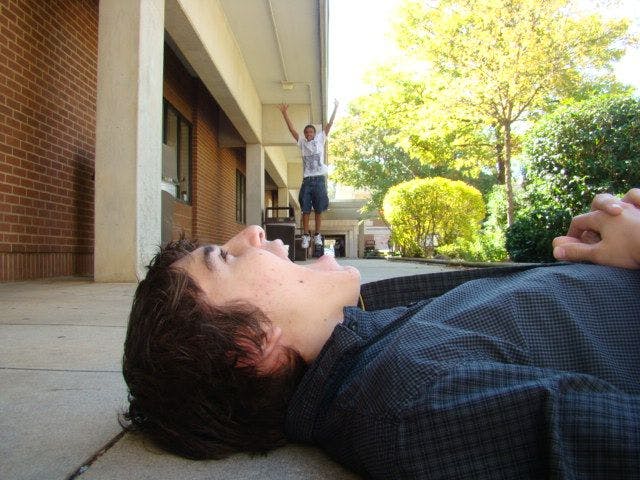Real estate photography can be a lucrative business especially if you get booked by a lot of real estate brokers. Because of this, there can be a ton of photographers who are also offering the same services in one area. The challenge for many homeowners and real estate brokers is finding a professional photographer who can deliver quality images.
To set apart amateur photographers from real ones, here are some of the quick giveaways that you need to keep an eye on.
Once you spot one or two of these errors in the final output, then you’ve hired an amateur photographer.
1. Weak perspectives.

Composition is key in photography, no matter what the industry is. An amateur photographer will have weak perspectives and composing strategies. When shooting real estate, this often results in incorrect horizontals or converging verticals. Inexperienced photographers will not see this issue in the final photo. The goal of real estate photography is to have pleasing photos of the property in order to sell it fast. When horizontals are misaligned, the space looks crooked. In addition to that, a photo should have one or two strong points where the lines converge on a disappearing point.
2. Over-processed HDR.

HDR photography is a mainstay in real estate photography. Often, this is used as a creative take in a space. But when done inappropriately, this can look over-the-top and overprocessed. An HDR photo with a bad tone map can be caused by invalid settings during post-production. This can happen when the photographer only took ambient photos of the space without taking photos with flash or photos that are well-lit. Before combining photos for HDR, each of the photos must also be edited properly for color balance.
3. Flash hotspots.

This can be an issue when using flashes for interior photos. Flash spots can occur when the flash is directed to one area and is not diffused properly. This can also happen when you’re using on-camera flash. This is not aesthetically pleasing especially when posted on listings. Amateur real estate photographers sometimes point their flashes straightforward without diffusion. This can create harsh hotspots on surfaces. Just using an umbrella or bouncing light off the ceiling can create a more diffused light that’s great for photos.
4. Harsh shadows.

In real estate, a photographer must work well with light. This is important in order to achieve the most amazing and well-lit photos. When shooting the interior, shadows can be a problem. If you see final photos with harsh shadows, then you’ve found an amateur photographer. You can find these shadows on walls and at the back of fixtures or furniture pieces. This is a no-no when it comes to real estate, especially when home buyers prefer homes that are well-lit. Harsh shadows can often make the property look dirty or stained.
5. Incorrect white balance.

No matter what you’re shooting, the right white balance can make or break your image. White balancing ensures that there is no cast of unrealistic color on the image so white objects does appear white. This is something that needs to be done especially when shooting interiors since there will be different light sources with different temperatures. This could mess up the output if not corrected during post-process. Amateur photographers often present photos that do not show the accurate colors of the space. Final output should have the right colors as this is an accurate representation of the property.
6. Lens distortion.

Wide-angle lenses are often the most used gear in real estate photography. This makes it easy to capture the entire home, especially when shooting large rooms. However, you can get lens distortion when using ultra-wide lenses. This is because they have a wide field of view that lines tend to bow outward or away from the center. A professional and experienced photographer will easily spot the distortion and have it corrected during post-processing.
References:
http://blog.phixer.net/amateur-real-estate-photographer/
https://expertphotography.com/5-levels-amateur-photographer-which-group-are-you-in/
https://digital-photography-school.com/find-fulfillment-amateur-photographer/
http://www.milliondollarphotographer.com/19-signs-you-are-treating.html
https://www.quora.com/What-are-the-most-obvious-signs-of-an-amateur-photograph
Author:
Claire Wright, a savvy tech nerd and self-taught photographer who lives in Seattle and working at one of the best real estate photography companies called HD Estates.
